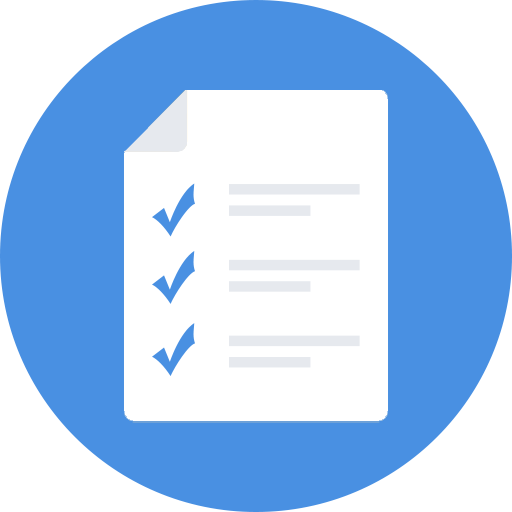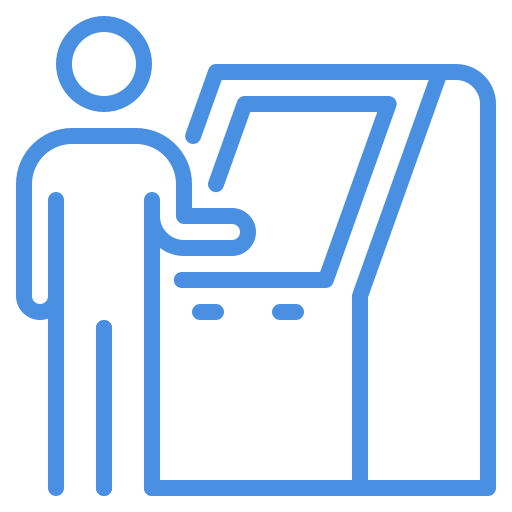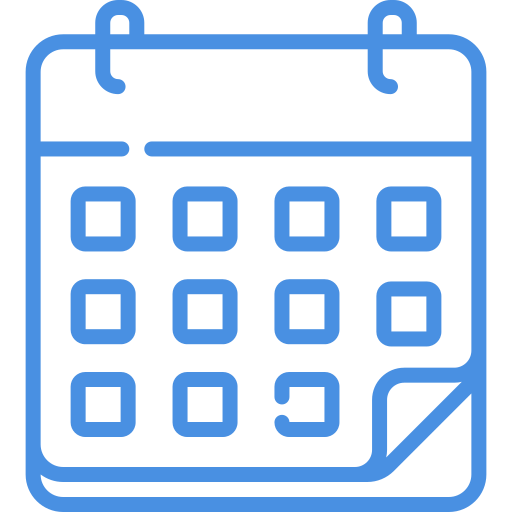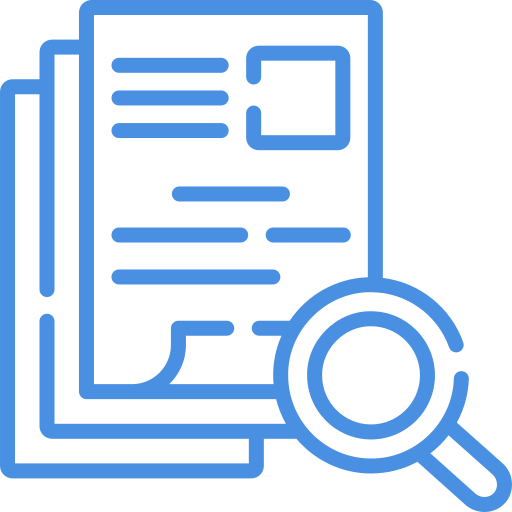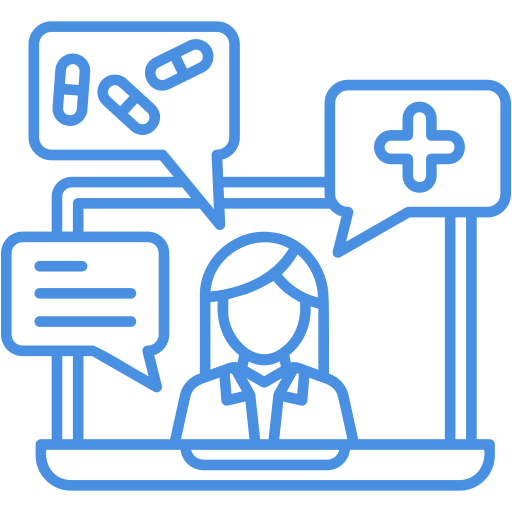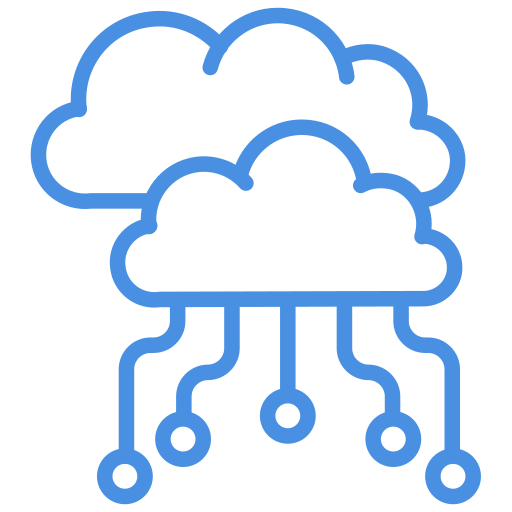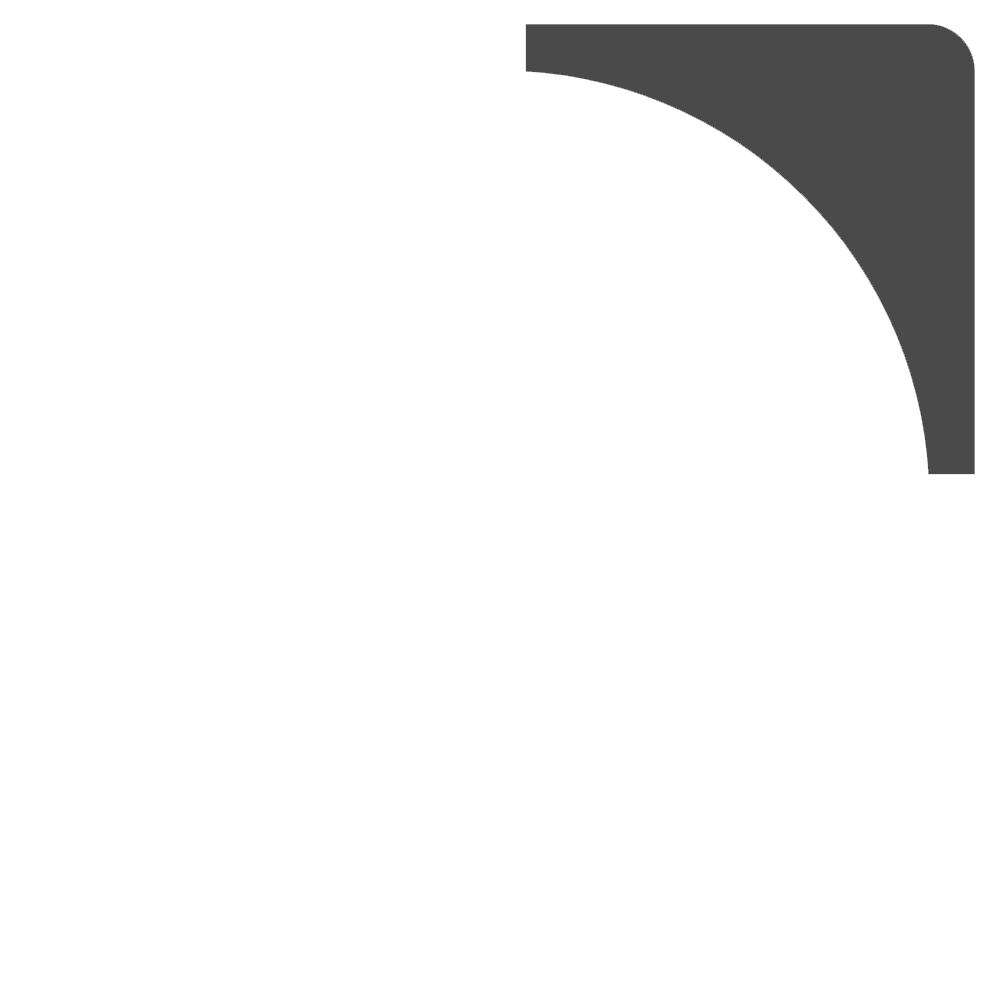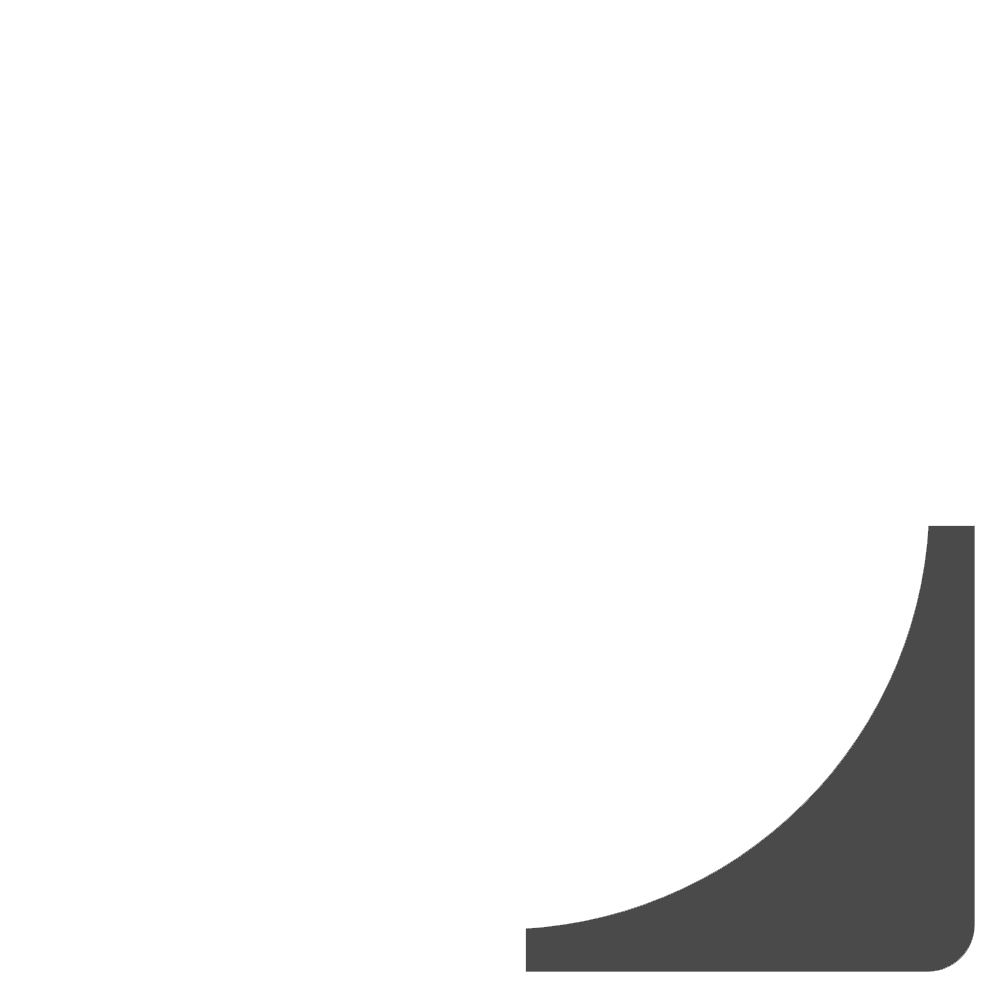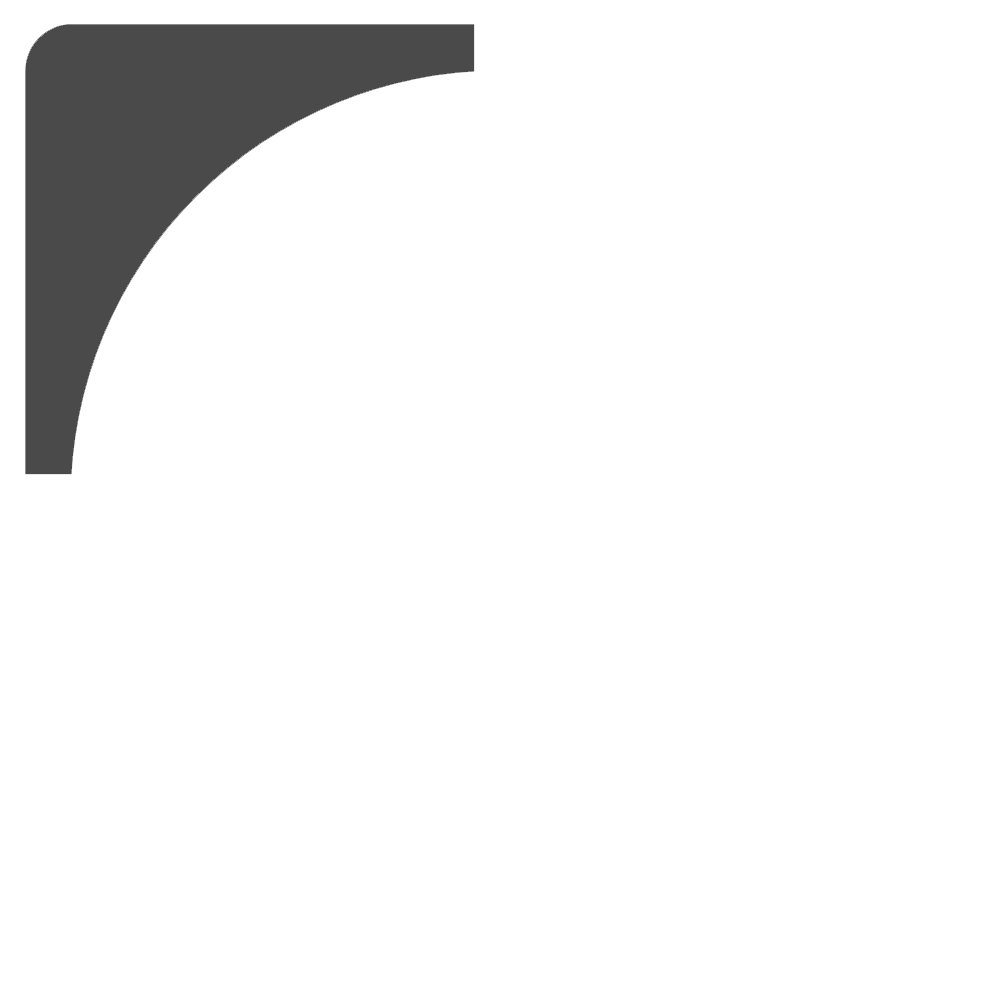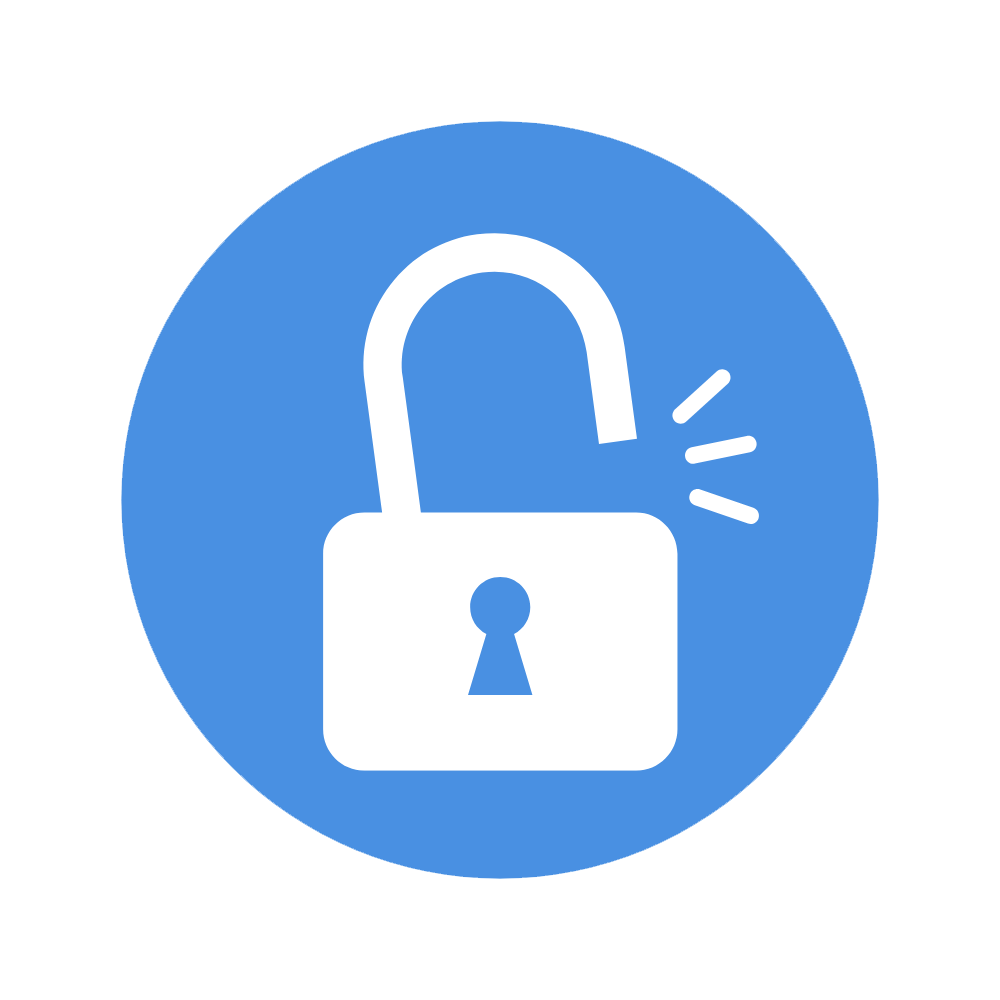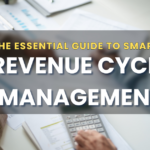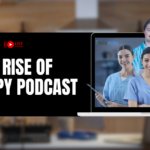This comprehensive guide explores Remote Patient Monitoring (RPM), a transformative healthcare tool that allows therapists to monitor patients’ health data remotely. Learn how RPM enhances patient outcomes, improves engagement, and streamlines therapy practices in physical therapy, occupational therapy, and speech-language pathology. Discover implementation strategies, benefits, challenges, and how tools like HelloNote can simplify RPM integration for new therapists.
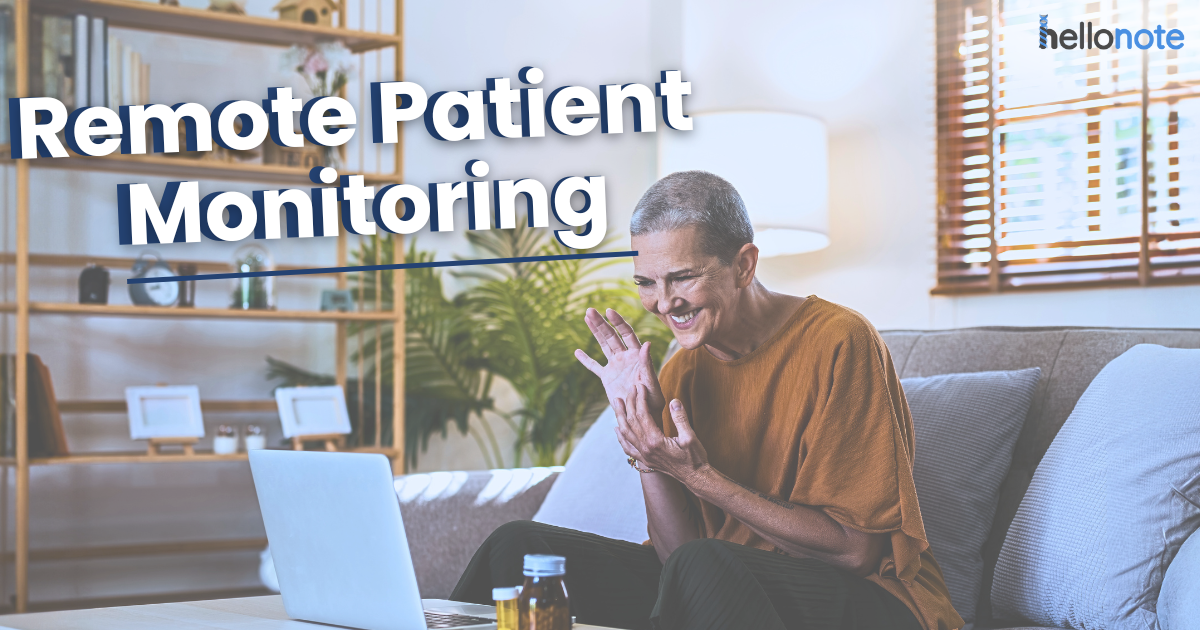
Remote Patient Monitoring (RPM) is reshaping healthcare by enabling therapists to track their patients’ health data from a distance. With the rise of telehealth and digital solutions, this technology has become a valuable tool in fields like physical therapy, occupational therapy, and speech-language pathology. For new therapists, understanding how to use RPM can enhance patient outcomes and create new opportunities for professional growth.
This guide will walk you through everything you need to know about Remote Patient Monitoring, from its basics to how you can integrate it into your practice.
What is Remote Patient Monitoring?
RPM is a healthcare delivery method that uses digital devices to collect health data from patients outside of traditional clinical settings. The collected information is then sent electronically to healthcare providers for assessment, intervention, and treatment adjustments.
This approach is widely used for tracking vital signs, managing chronic diseases, and monitoring post-acute care. In therapy settings, it provides real-time insights into patient progress, helping therapists make evidence-based decisions.
How Does RPM Work?
-
- Device Setup: Patients use wearable sensors, mobile apps, or connected devices to track their health metrics.
- Data Collection: The devices automatically record data such as movement patterns, heart rate, oxygen levels, or adherence to therapy programs.
- Data Transmission: The information is securely sent to the therapist via a cloud-based system or EMR software.
- Analysis & Intervention: Therapists review the data, adjust therapy plans, and provide feedback to patients as needed.
How Can Therapists Use RPM?
Therapists can use RPM across various disciplines to track and enhance patient outcomes.
Physical Therapy (PT)
-
- Wearable motion sensors measure movement progress in real-time.
-
- Pressure-sensitive insoles monitor gait patterns for post-surgical rehab.
-
- Mobile apps provide guided exercise programs and collect feedback from patients.
Occupational Therapy (OT)
-
- Smart home devices track how well patients complete Activities of Daily Living (ADLs).
-
- Assistive technology apps monitor hand coordination and fine motor skills.
-
- Cognitive tracking tools assess patients with neurological conditions remotely.
Speech-Language Pathology (SLP)
-
- Voice recording software helps patients practice speech therapy exercises at home.
-
- Swallowing sensors monitor patients with dysphagia.
-
- Teletherapy platforms allow real-time assessments of articulation, fluency, and comprehension.
Benefits of RPM for Therapists and Patients
This technology enhances both patient care and the therapist’s workflow. Here’s how:
-
- Improves Patient Engagement and Compliance: Patients are more likely to adhere to therapy programs when they see progress in real-time. Automated reminders help them stay consistent with prescribed exercises.
- Allows Early Detection of Problems: Therapists can identify red flags (e.g., worsening mobility or speech delays) before they become major issues.
- Expands Access to Care: Ideal for patients in rural or underserved areas, ensuring continuous monitoring and informed clinical decisions.
- Creates Data-Driven Treatment Plans: RPM provides objective data that supports clinical decision-making and helps with insurance reimbursement.
Challenges & Considerations for Therapists Using RPM
While RPM offers many advantages, there are some challenges therapists should consider:
-
- Technology Learning Curve: Patients may need guidance in using RPM devices effectively.
-
- Data Privacy & HIPAA Compliance: Therapists must ensure that patient data is secure and compliant with regulations.
-
- Billing & Reimbursement: Medicare and private insurance may have specific billing codes for RPM services.
-
- Patient Readiness: Some patients may be resistant to using technology, requiring additional education.
How to Implement RPM in Your Therapy Practice
If you’re considering integrating RPM into your practice, here’s how to get started:
-
- Choose the Right Technology: Wearable motion trackers, smart home monitoring systems, and mobile therapy apps with patient portals.
- Educate Your Patients: Teach them how to use RPM devices, the importance of tracking progress, and how to communicate issues or concerns.
- Integrate RPM with Your EMR System: A well-integrated Electronic Medical Record (EMR) system can help track and analyze RPM data seamlessly.
- Understand Billing and Reimbursement: Familiarize yourself with Medicare and private insurance coverage for RPM services.
- Monitor and Adjust Treatment Plans: Regularly review patient data and provide feedback to improve outcomes.
How HelloNote Can Support RPM in Therapy Practices
Integrating RPM into therapy practices requires an efficient, user-friendly EMR system. HelloNote EMR is designed to seamlessly support this technology, helping therapists track progress, adjust treatment plans, and simplify administrative tasks.
Here’s how HelloNote enhances RPM for therapy practices:
-
- Seamless data integration
-
- Automated alerts for clinical decision-making
-
- Compliance and security for patient data
-
- Simplified billing and reimbursement for RPM services
-
- Customizable reporting and progress tracking
Final Thoughts: Is RPM the Future of Therapy?
RPM is transforming how therapists deliver care, making it more efficient, patient-centered, and data-driven. While it may require an initial learning curve, its benefits outweigh the challenges.
For new therapists, embracing this technology can set them apart in the field, offering innovative solutions that improve patient outcomes. Whether you’re working in physical therapy, occupational therapy, or speech therapy, Remote Patient Monitoring is a game-changer in modern rehabilitation.
If you’re interested in integrating RPM into your practice, consider HelloNote to simplify your workflow, improve patient tracking, and ensure compliance.

